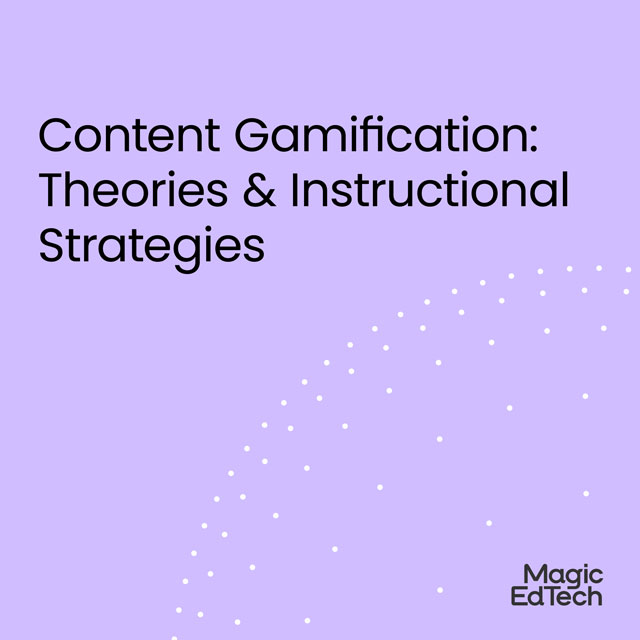6 Feedback Styles to Supercharge your eLearning Assessments
- 30 November, 2021
- Reading Time: 10 min
Assessments are an integral part of the learning cycle, and any learning loop is left incomplete without it. But, the most important aspect of the process of assessment is most certainly the feedback.
In the words of John Hattie, “Feedback is the most powerful moderator that enhances achievement.”
Now, what does feedback actually do to enhance a learner’s performance?
Effective learning feedback provides the learner with two types of information: The first, verification – a simple judgment of whether an answer is correct.
And second, is elaboration – it provides relevant cues to guide the learner towards the correct answer.
Feedback can be categorized into two types, directive and facilitative.
Directive feedback informs the learners about what needs to be fixed or revised. Whereas, facilitative feedback provides comments and suggestions to guide learners in their own revision.
While we pay a lot of emphasis to designing the assessment items, we must pay an equal amount to feedback design, so that the learning loop can be completed.
Well-designed feedback should not only direct but also facilitate the learner. Here are some of the common types of feedback typically associated with eLearning assessments or simulations.
These are adapted from the Kulhavy and Stock framework:
1. Knowledge of Results
This type of feedback can be described as a Verification.
It simply informs the learner whether the response(s) is/are correct.
For example: Correct. Or, Incorrect.
This is the weakest form of feedback, as the learner is simply made aware of the result.
2. Knowledge of Correct Results (KCR)
This type of feedback informs the learner of the correct response. The answer provides no additional information.
For example: Correct. Or, Incorrect, the correct answer is……….
In this form of feedback, the learner can compare their own answers with the correct ones. But, there is still no explanation of why their answers are right or wrong, and no scope to improve their performance.
3. Answer-until-correct
This kind of feedback informs the learner about an incorrect response. It allows the learner multiple attempts to answer the question correctly.
For example: Correct. Or, Incorrect, try again.
Again, there is no explanation of why the answer is right or wrong.
4. Response-Specific
The response-specific feedback in learning highlights errors within the answer without providing the learner with the correct answer. It provides information about the learner’s specific errors or misconceptions.
Example: Correct. Or Incorrect, 25 is a multiple of 5. Try again!
5. Knowledge of the Correct Results and an Explanation
The feedback describes why the learner’s answer is wrong or correct.
For example, Correct, plants breathe, and therefore they are living. Or, Incorrect, sand does not breathe, and hence it is non-living.
This is a much more powerful form of feedback.
6. Knowledge of the Correct Results + Explanation and Activity
This feedback style too, describes why the learner’s answer is wrong or right. But, in this case, the correct answer is not directly presented to the learner. Instead, it takes the learner to the relevant content, or a worked example or a demonstration that enables them to answer the question correctly.
It is a great way to provide the learner with ideas to improve their performance. They are given specific steps that reduce the learning gap and activity that reinforces the processes, skills, concepts, or learning.
Feedback styles will depend on the learning module and the learner’s, but it is critical to ensure that feedback motivates, engages, and inspires the learner.
Well-designed feedback should build confidence, show achievement, and enhance the learner’s holistic educational experience. Know of any other feedback styles that may have worked for you? Write to us and tell us more at marketing@www.magicedtech.com.










